Our mission
for modern lifestyle at competitive prices.
Understanding Electric Bike Gear Systems
The role of gears in electric bikes
While the electric motor in an e-bike provides essential assistance, gears offer the flexibility to adjust your pedaling effort based on the terrain. Whether you're climbing hills or cruising on flat ground, gears help you find the right balance between motor assistance and personal effort. Gears make it possible to maintain an optimal pedaling rhythm, no matter the conditions.
At JOBOBIKE, we design our bikes with the rider in mind, ensuring that our gear systems work seamlessly with the motor to enhance your ride. Gears help you save battery power, tackle challenging routes, and enjoy a more comfortable cycling experience.
Types of gear systems on electric bikes
Electric bikes generally use one of two gear systems: derailleur gears or hub gears. Both have their strengths, and the choice between them depends on the rider’s needs.
1. Derailleur gear systems
The derailleur system is the most common type found on e-bikes, offering a wide range of gears to suit different terrains. These external gears shift the chain between sprockets to change resistance, giving you precise control over your ride. This system is ideal for riders who need flexibility, such as those commuting through hilly areas or taking longer trips with varying landscapes.
Derailleur systems are generally lighter, which helps with overall bike efficiency, but they do require regular maintenance. Because the gears are exposed, they are vulnerable to dirt and weather, which can affect performance.
2. Hub gear systems
Hub gears are internal, enclosed within the bike’s rear hub. This design protects the gears from dirt, mud, and other debris, which means less frequent maintenance. Hub gears typically have fewer speed options but offer a smoother and more reliable shifting experience.
These systems are ideal for urban riders who value low-maintenance, as the protected gears last longer and operate more quietly. While hub gears might be heavier than derailleur systems, their durability and ease of use make them a popular choice for daily commuters.
Benefits of using gears on an electric bike
Why do gears matter so much on an electric bike, especially when the motor is there to assist you? Gears give you more control over your ride and offer several key advantages:
Battery efficiency - shifting to the right gear can help you save energy, allowing the motor to operate more efficiently. By using the appropriate gear, especially when climbing hills or riding at high speeds, you extend your battery life.
Comfort - gears allow you to maintain a consistent pedaling speed, even when the terrain changes. This makes for a smoother, more comfortable ride, whether you’re navigating tough inclines or leisurely cycling on flat terrain.
Fallback option - If your battery runs out of charge, gears give you the ability to continue pedaling efficiently. Without motor assistance, you can still adjust the pedaling difficulty to suit the terrain.
How to use gears effectively
Using gears on an electric bike is similar to using them on a traditional bike, but with the added benefit of motor assistance. Here are a few tips to make the most of your gears:
Anticipate terrain changes - shift to a lower gear before you hit a steep hill, so you can maintain a steady pedaling rhythm without putting strain on the motor or drivetrain.
Maximize flat terrain efficiency - on flat ground, use higher gears to maintain speed without overworking the motor. This helps save battery power for when you really need it, like on steeper inclines.
Smooth transitions - shift gears smoothly and avoid doing so under heavy load (like mid-hill) to protect the drivetrain from unnecessary wear and tear.
Maintaining Your bike's gear system
Regular maintenance of your bike’s gear system is crucial to ensure a smooth and efficient ride. Here are a few tips to keep your gears in top condition:
Clean the drivetrain regularly - dirt and grime can quickly build up, especially on external derailleur systems. Cleaning the chain and sprockets, followed by proper lubrication, will help your bike shift smoothly.
Check for wear - over time, the chain and cassette will show signs of wear, especially with the added power of the motor. It's important to replace these components when needed to avoid larger mechanical issues.
Professional servicing - both derailleur and hub gear systems should be inspected during regular bike servicing. Hub gears, while lower maintenance, may need occasional oil changes to ensure smooth operation.
Gears are a vital part of the electric bike experience, providing control, efficiency, and comfort on every ride. Whether you prefer the versatility of derailleur gears or the low-maintenance appeal of hub gears, understanding how to use and maintain your bike’s gear system will improve your overall cycling experience.
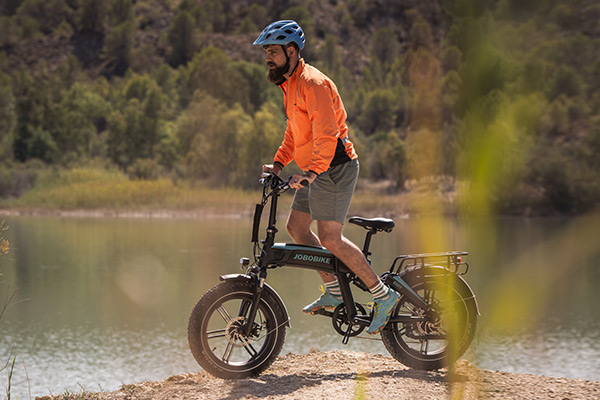
At JOBOBIKE, we’re committed to providing electric bikes that offer seamless integration of motor power and gear systems, giving you the best ride possible. Whether you're tackling steep hills or cruising through city streets, the right use of gears will enhance your ride, making it both enjoyable and efficient.





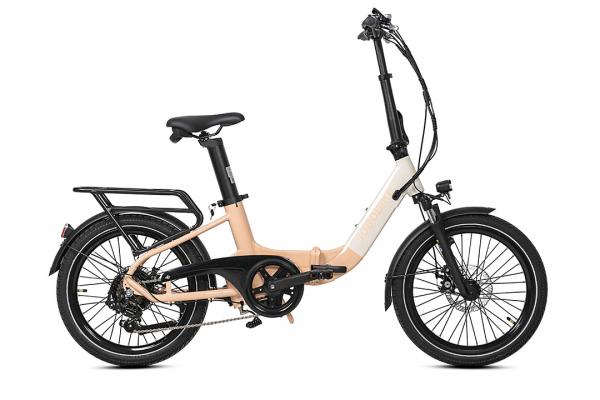
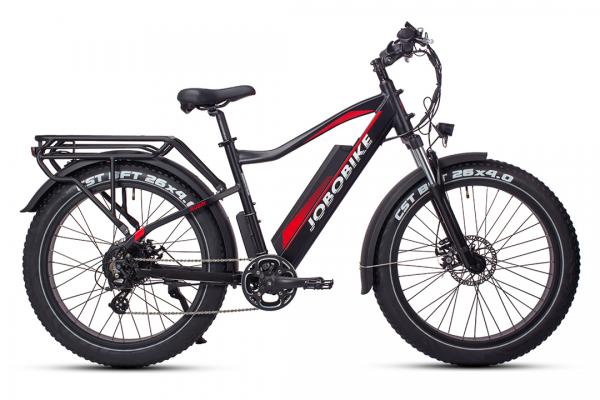
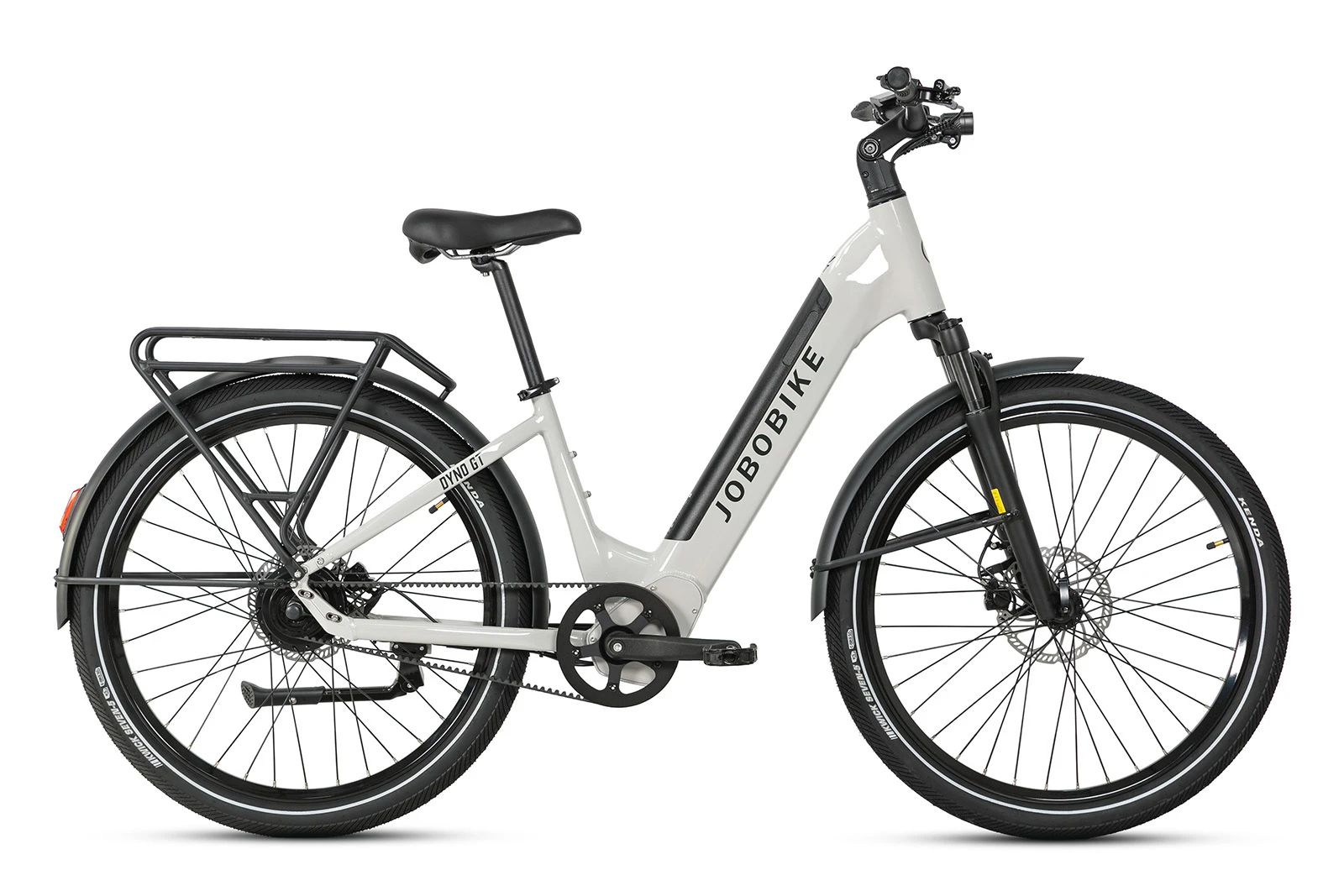
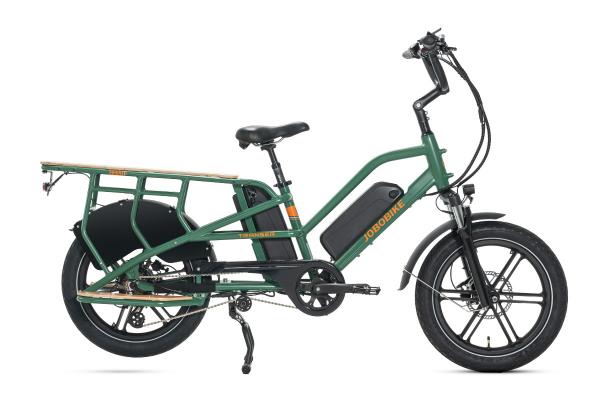

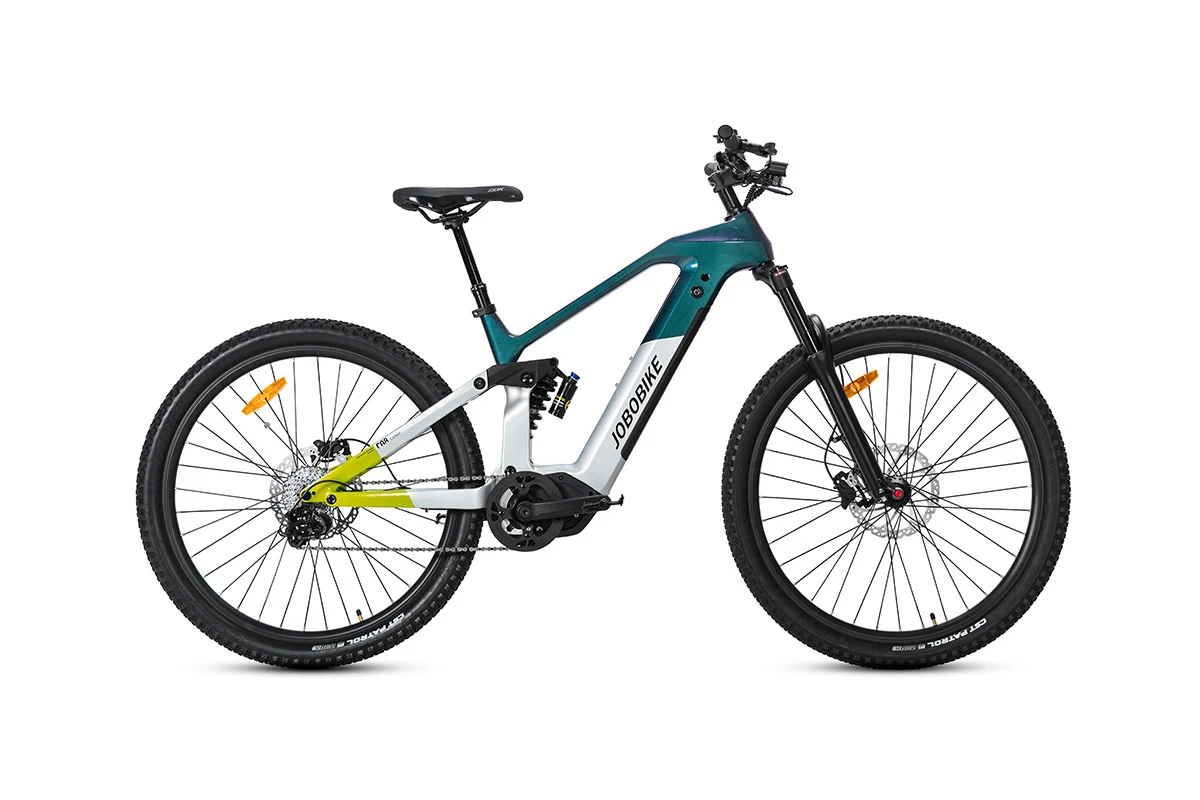
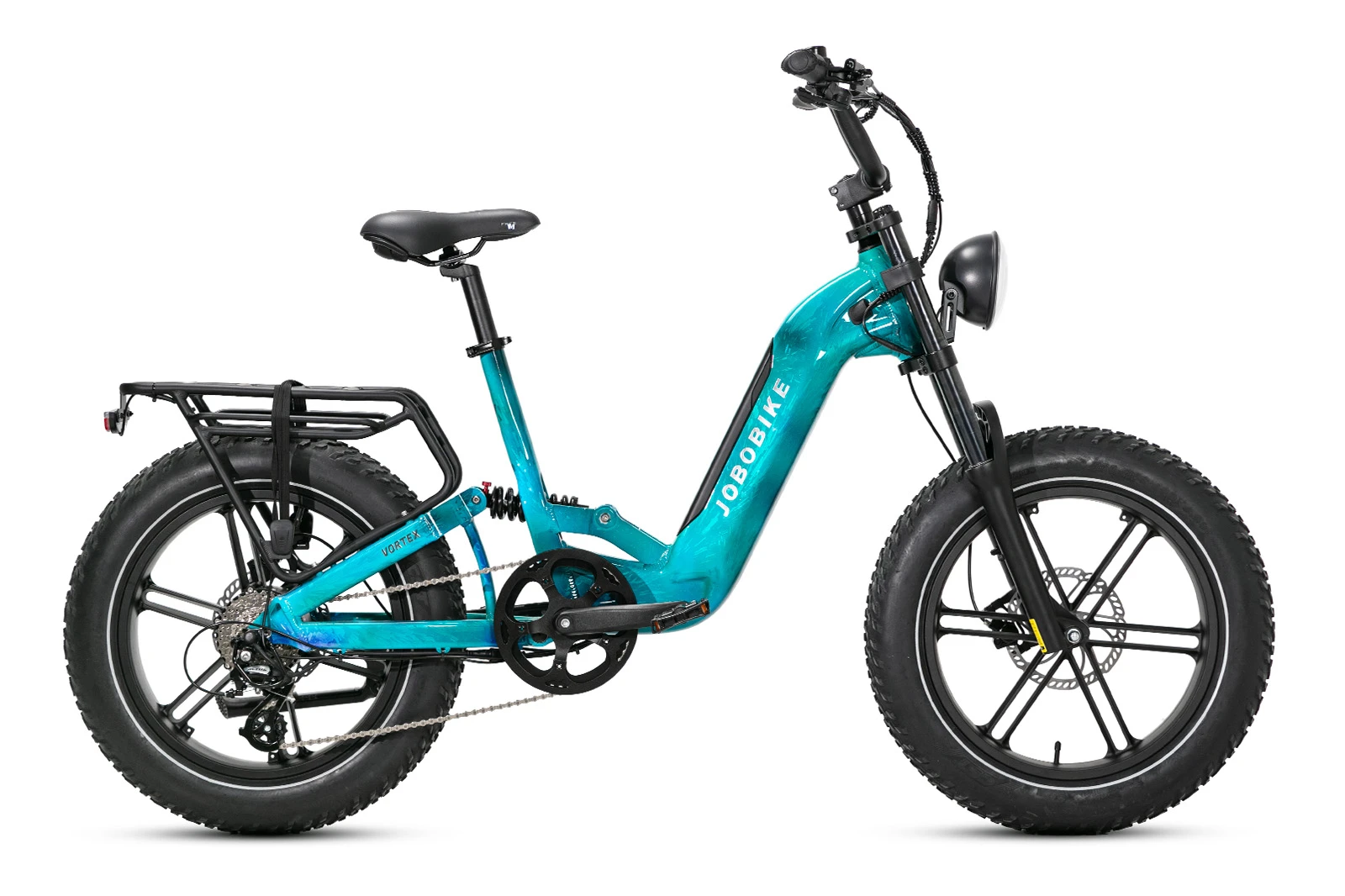
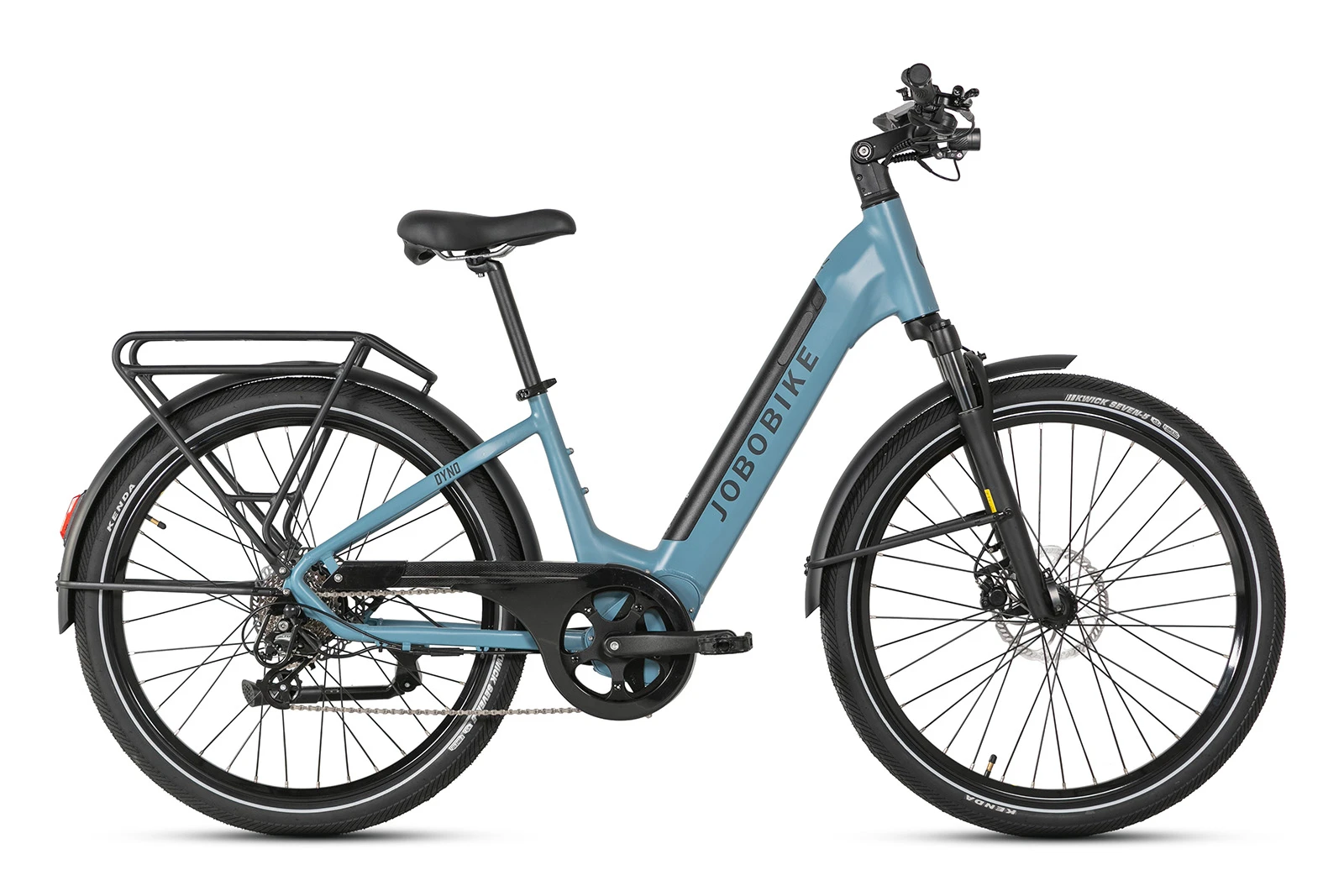
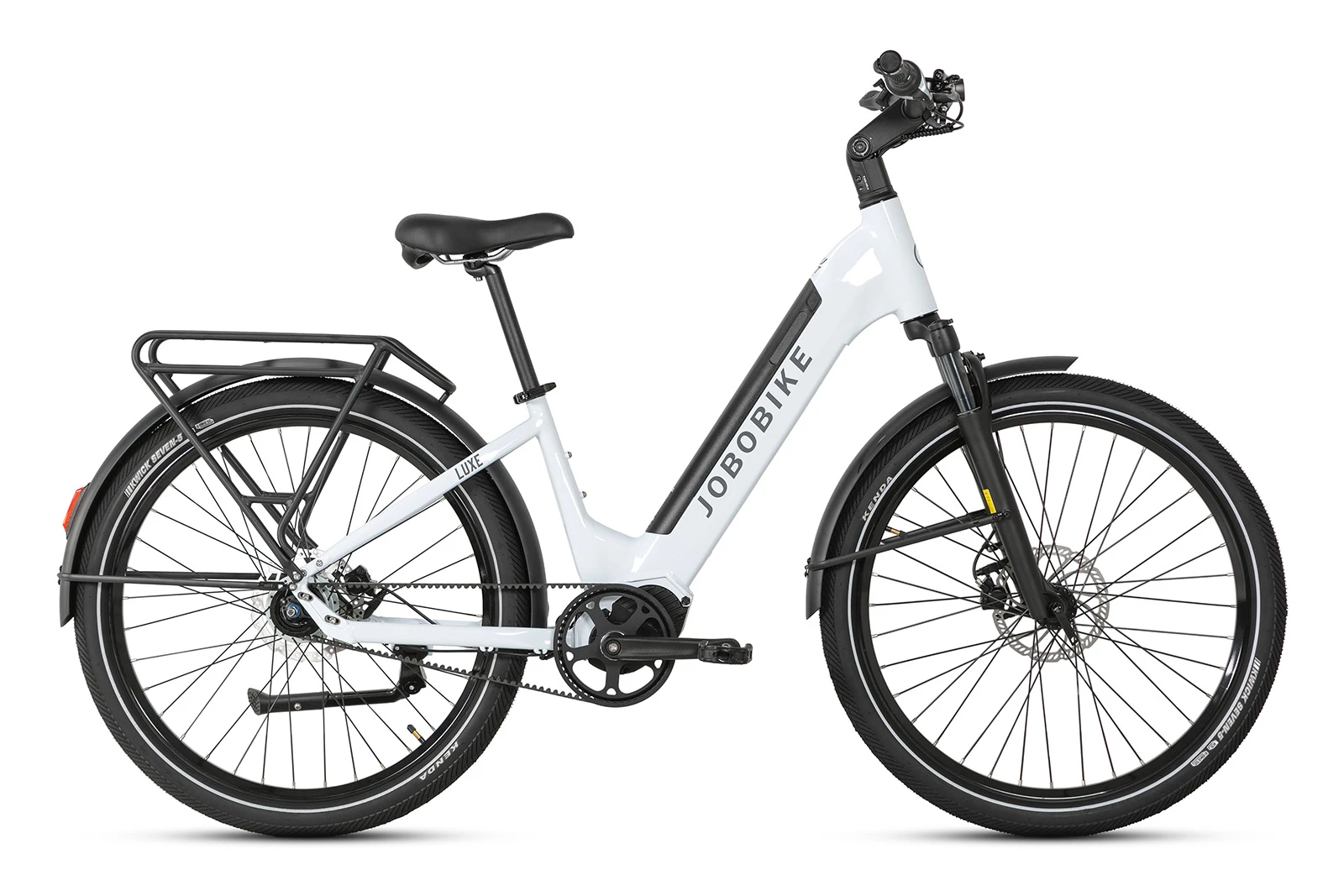
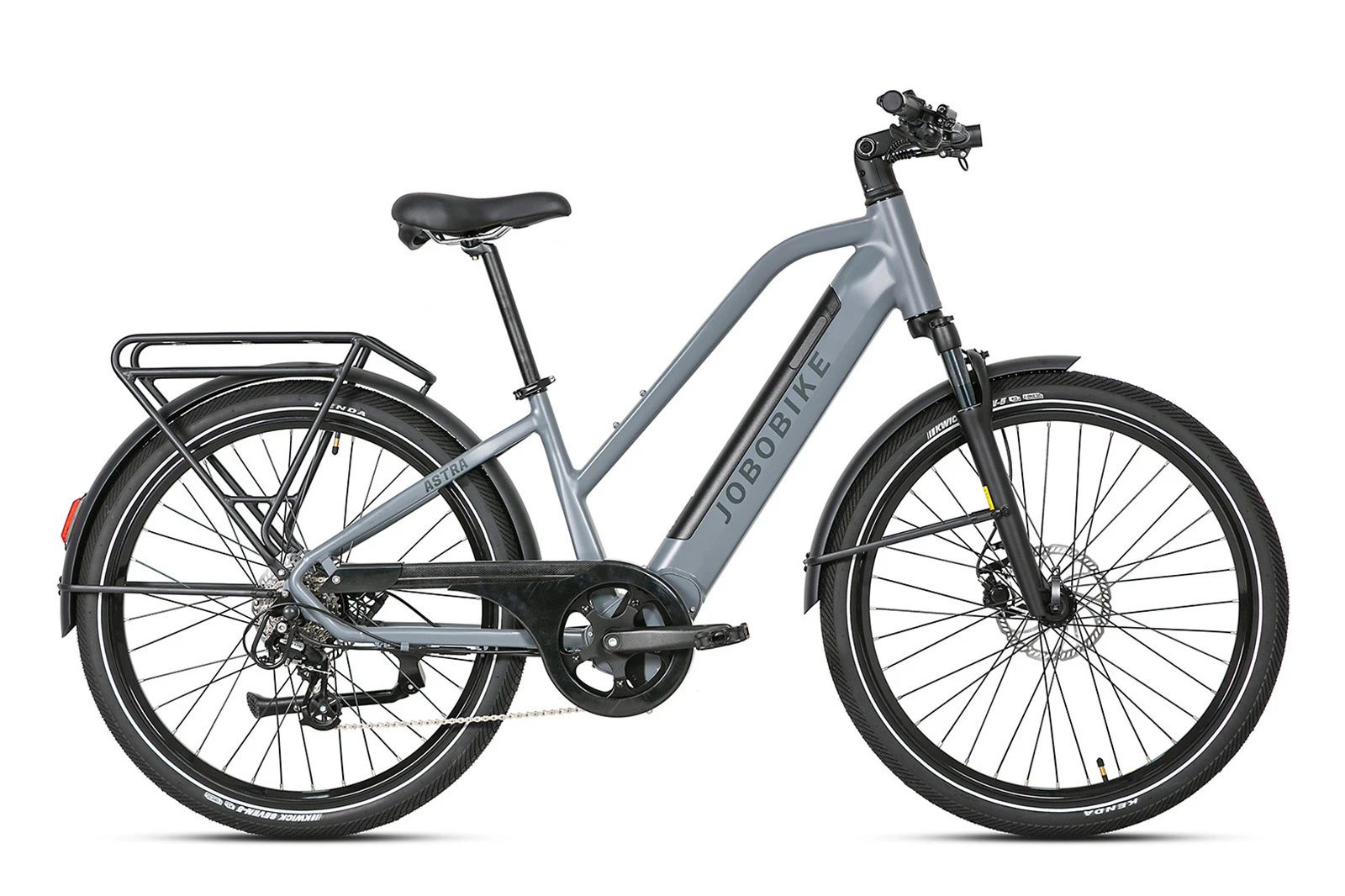
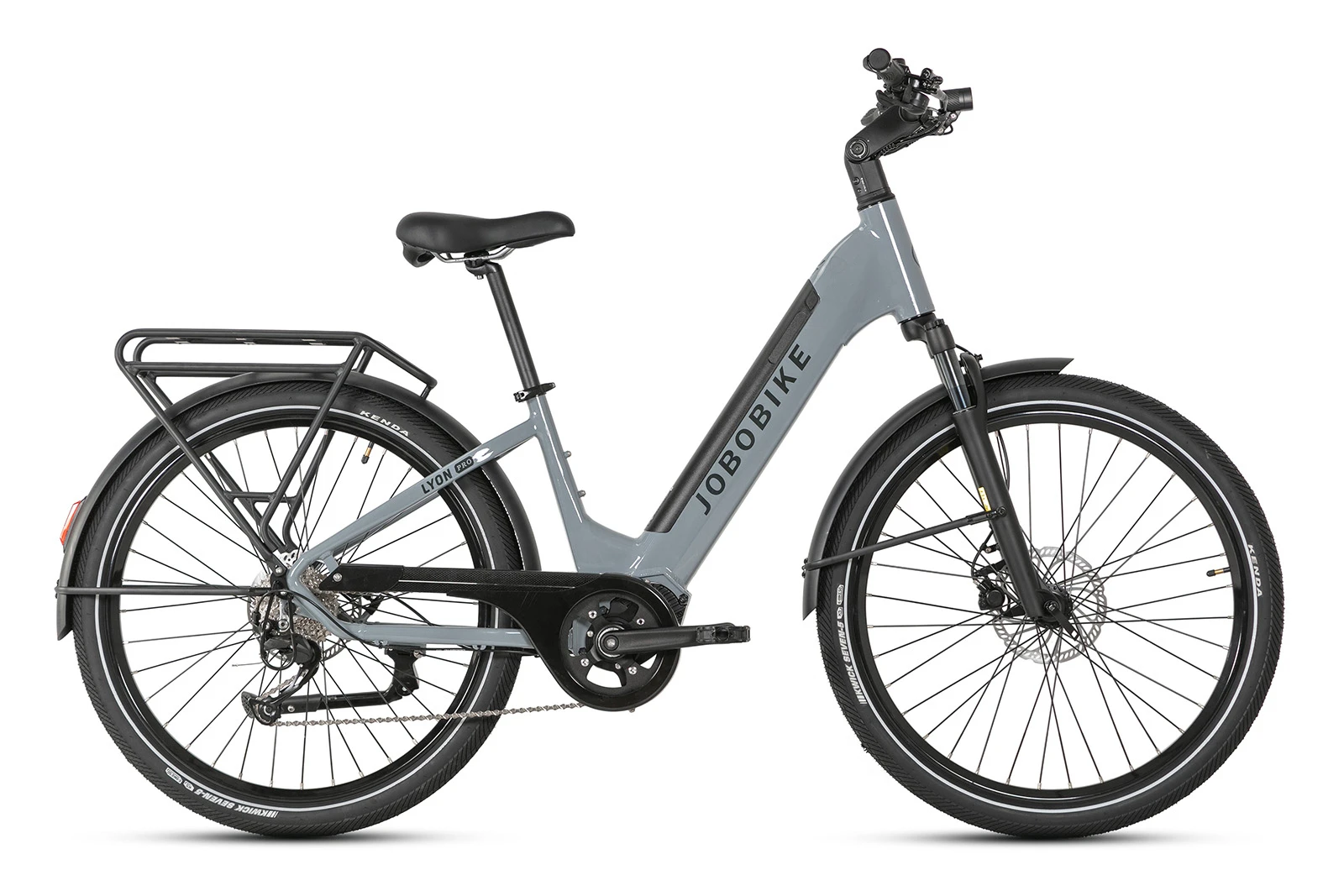


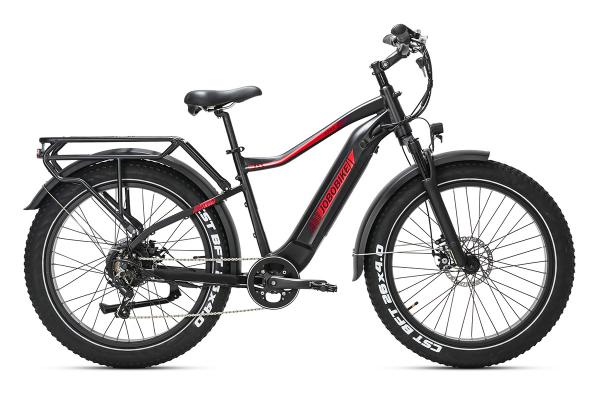
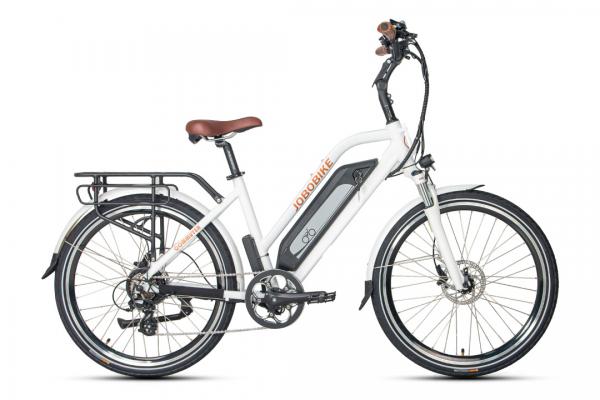
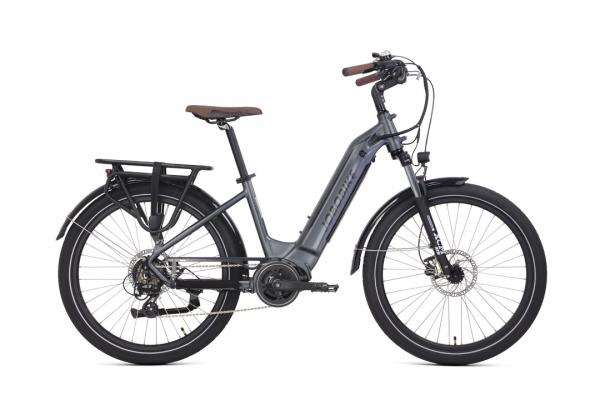
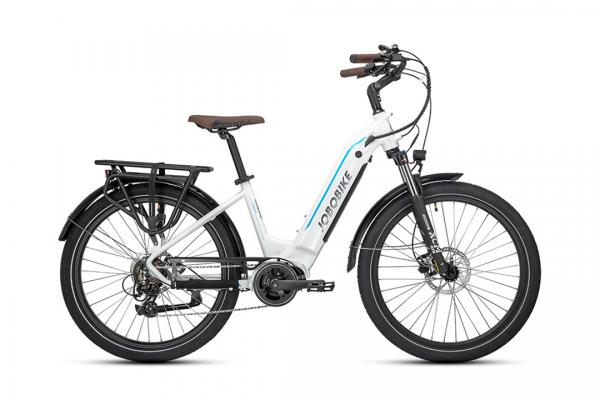
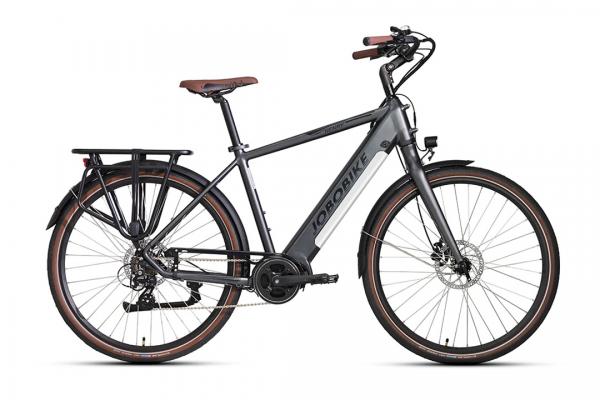
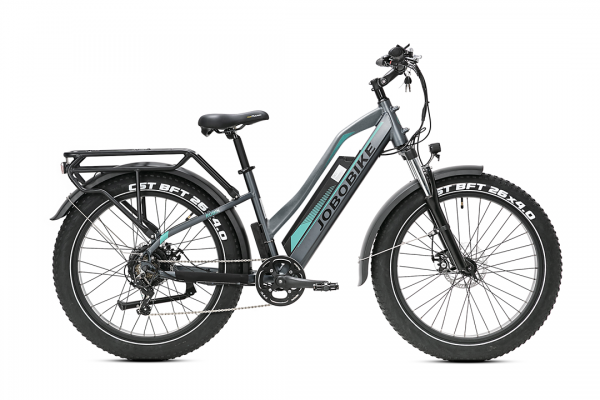
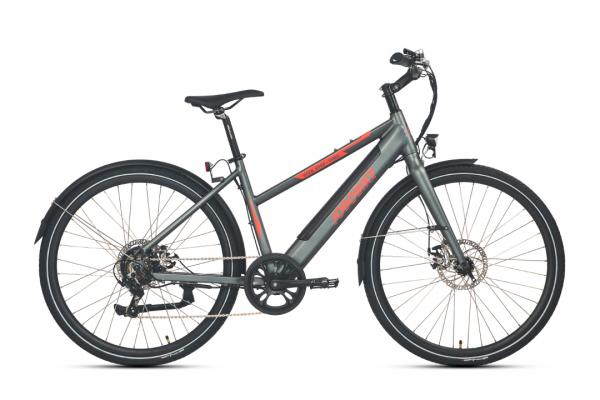

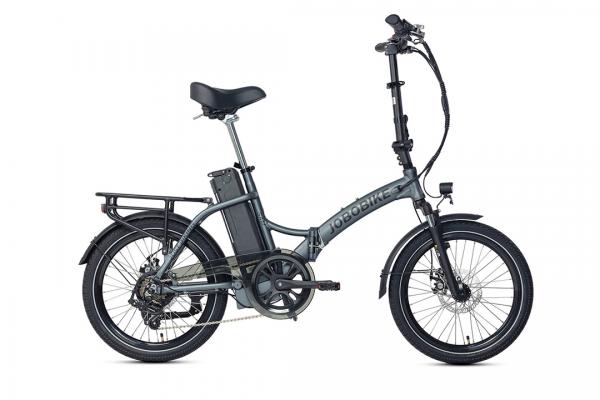
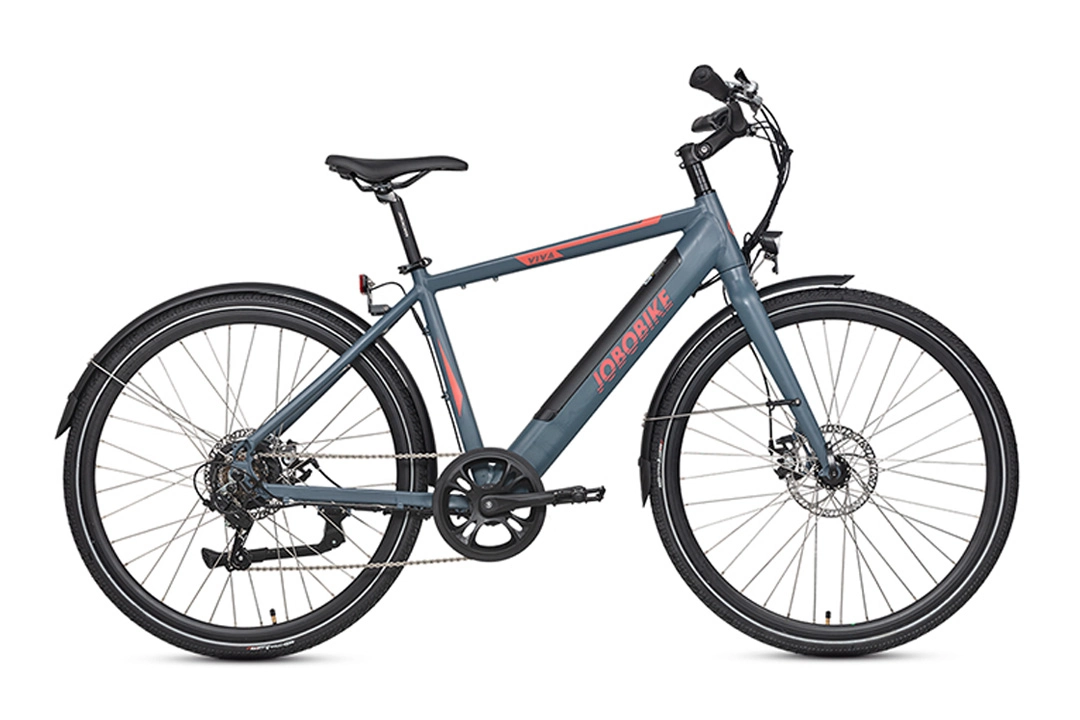
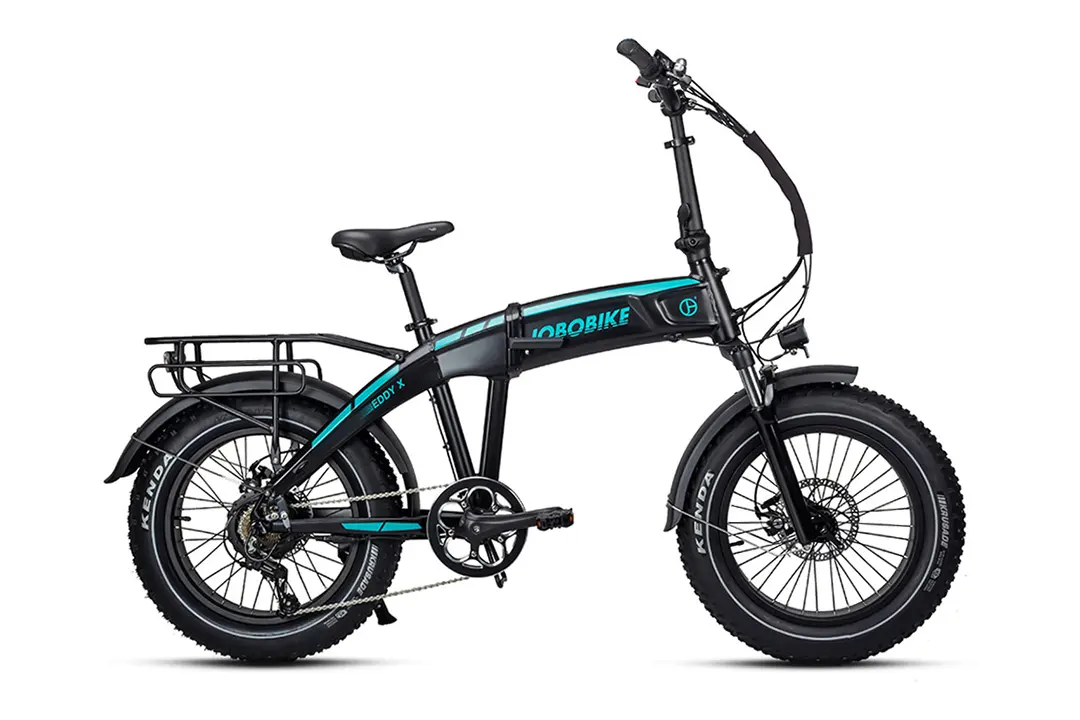
 JOBOBIKE Sam
JOBOBIKE Sam  JOBOBIKE Robin
JOBOBIKE Robin 
